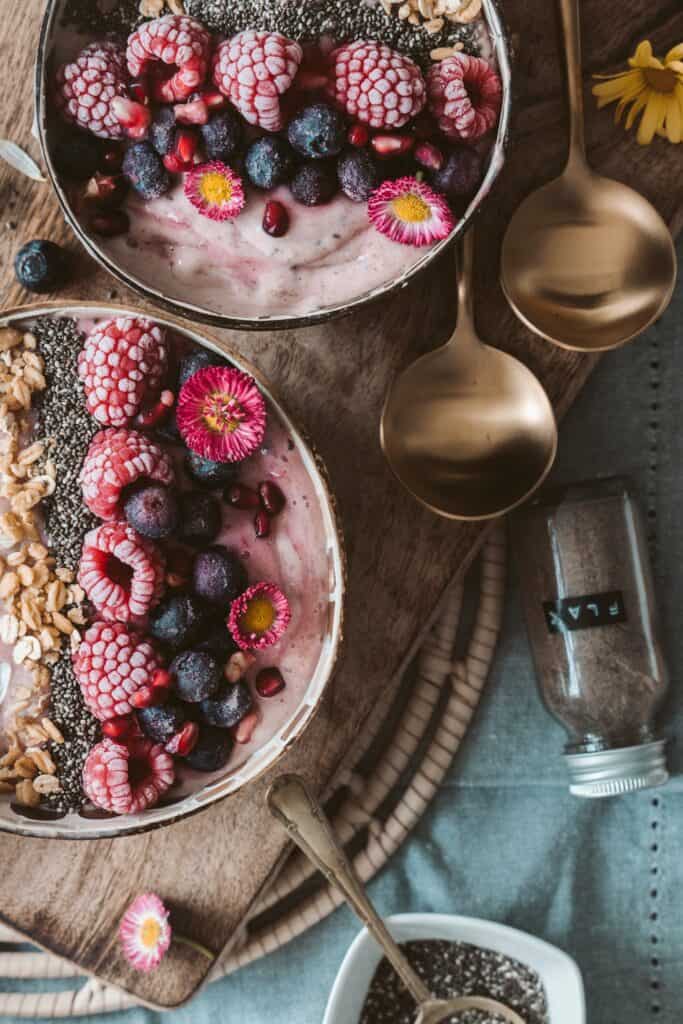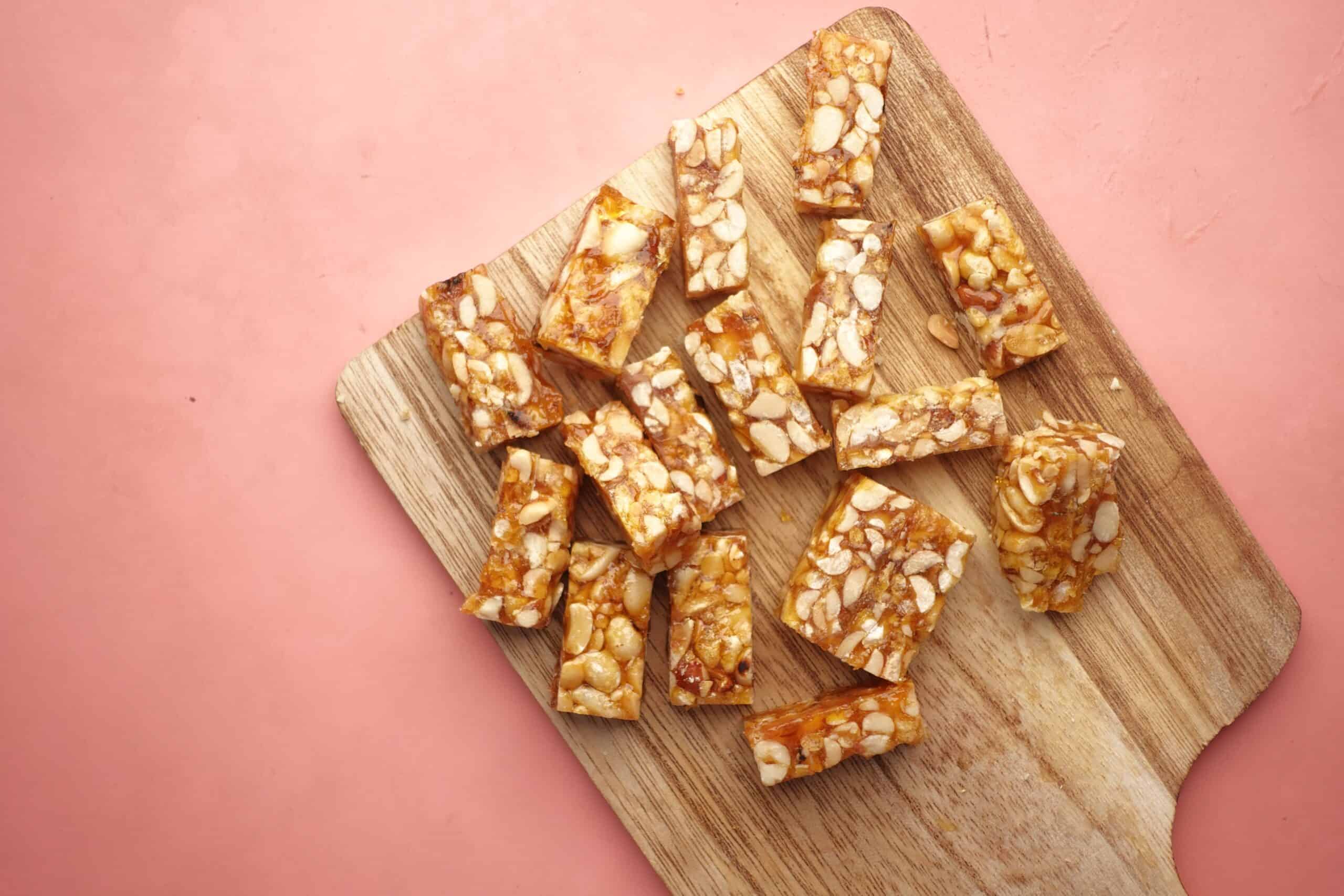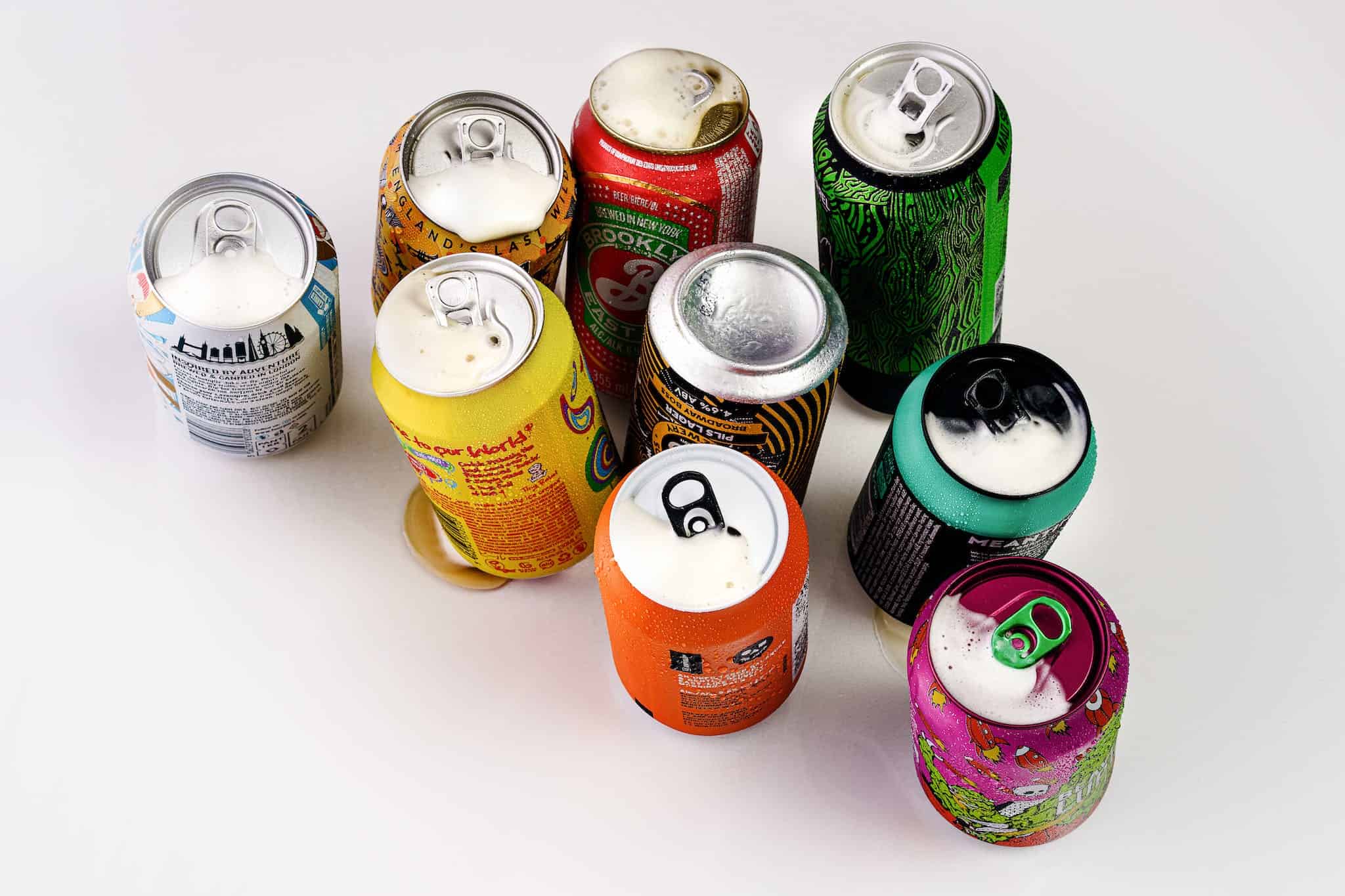Dietitian Approved Balanced Breakfasts
Breakfast really is the most important meal (as cliché as it may be), and what you eat for breakfast can set the tone for the rest of your day. Balanced breakfasts can decrease cravings and deter overeating, and if you crave sweets or overeat, note what you ate for breakfast (or if you skipped it!).
If you have a high added sugar, low fiber, low protein breakfast, you are likelier to crave sugar throughout the day, overeat later in the day. This type of breakfast (or skipping breakfast altogether!) can lead to mood, energy, and sleep issues.
Continue reading to learn more about targets for a balanced breakfast, its benefits, and 10 dietitian-approved balanced breakfast ideas.
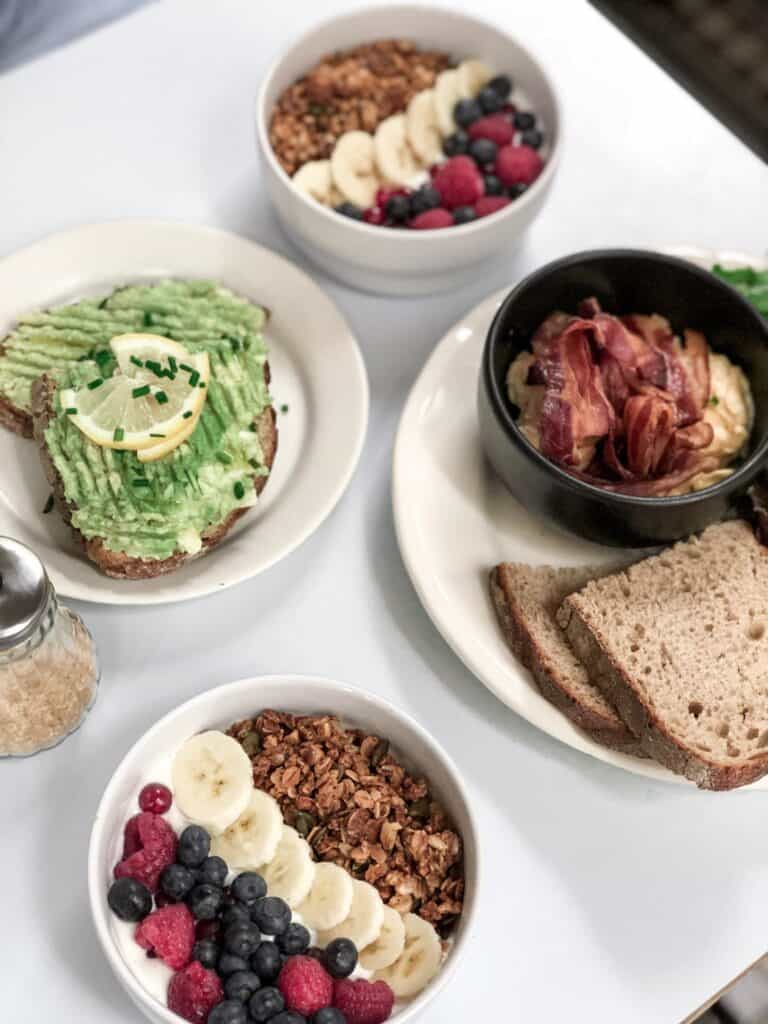
What is a balanced breakfast?
Focus on meeting the following criteria when planning a healthy, balanced breakfast:
- Around 20 grams of protein
- At least 5-10 grams of fiber
- A healthy fat
- Whole foods
- Less than 5 grams of added sugar
What are the benefits of starting a day with a balanced breakfast?
Starting your day with a balanced breakfast has many benefits, and here are some ideas to remember when choosing breakfast ingredients:
- Replenishment of energy and nutrients: In a healthy individual, having a balanced breakfast can regulate glucose levels from overnight fasting and provide necessary nutrients for proper bodily function.1
- Circadian rhythms and nutrition: Circadian rhythms are closely linked to various bodily processes, including digestion and metabolism.2 A balanced breakfast can help synchronize your body’s internal clock by waking up the gastrointestinal system, leading to better weight control, improved sleep patterns, and overall health.2
- Satiety: Starting your day with a balanced breakfast can help you feel full for longer by reducing hunger.3 This can lead to healthier food choices, reducing cravings and the likelihood of overeating later.3 Ultimately, this can aid in managing your weight and mood.3
- Better blood sugar control: Insulin sensitivity is better in the morning for healthy individuals. This means the food we eat gets better utilized at the beginning of the day than at the end.4
10 Dietitian-approved breakfast ideas:
Starting your day with a balanced breakfast will help you feel satisfied and energized. Below are 10 dietitian-approved breakfast ideas that include around 20 grams of protein, at least 5-10 grams of fiber, a healthy fat, less than 5 grams of added sugar, and comprised of whole foods.5

Breakfast cereal with milk and hemp seeds
Add 1.5 cup of unsweetened milk of choice, such as hemp or almond milk, 2 tbsp. of hemp seeds, 1 cup of breakfast cereal (suggestion: Organic Cascadian Farm Blueberry Almond Crunch), and drizzle with 1 teaspoon of honey.
Note: Can use organic, non-GMO soy milk or organic dairy milk for extra protein.
Dietitian’s tip: When buying cereals, aim for the rule of 5s–> around 5 grams of protein, around 5 grams of fiber, less than 5 grams of added sugar.

Turkey avocado wrap
Add 2 ounces of smoked turkey breast and ½ of a small avocado (50 grams) in a whole grain spinach wrap (I love Angelic Bakehouse kale spinach wraps) with cucumber.
You can switch this up by adding eggs and putting on a piece of high fiber toast.
Dietitian’s tip: Look for breads that have at least 3 grams of fiber per slice.
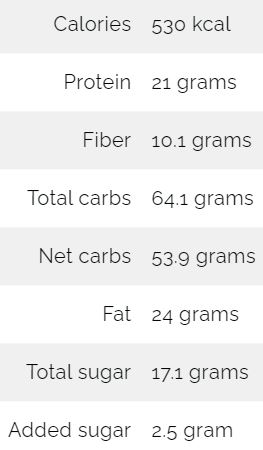
Peanut butter banana chocolate smoothie
Blend ½ cup of oats, 1 tbsp of cocoa powder, 2 tbsp of unsalted peanut butter, 1 small banana (6” long/100 grams), and 8 fl. ounces of unsweetened organic soy milk (or an unsweetened milk of choice).
Dietitian’s tip: This is also a great post-workout smoothie! It has the perfect ratio of carbs and protein for optimal recovery after a moderate to intense workout.

Eggs over beans breakfast bowl
Cook 1 egg over 1 cup black beans and add ¼ of a small avocado (20 grams) and ½ cup of salsa.
Note: This is a quick high fiber breakfast that will leave you feeling full for longer. You can use any type of beans you like!
Dietitian’s tip: Make it simple by getting organic canned beans and just drain, rinse, and heat.
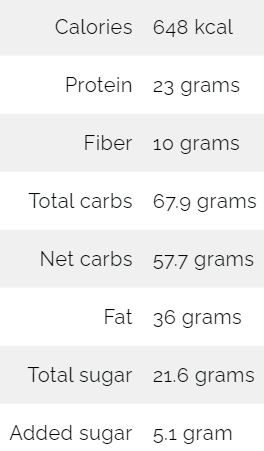
Peanut butter banana toast
Spread 4 tablespoons of unsalted peanut butter on 2 slices of whole grain toast and place slices of 1 small banana (6 inches long/100 grams) on top.
Note: You can replace peanut butter with almond butter or any nut butter of choice if you prefer.
Dietitian’s tip: When buying nut butter, aim for ones with no added sugar or hydrogenated oils. Make sure the only ingredient is the nut (and maybe some salt).
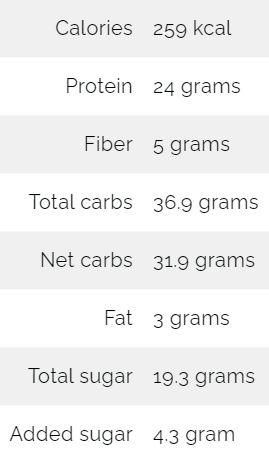
Fruit and chia protein bowl
Add 1 cup of non-fat cottage cheese to a bowl with ½ cup of fresh, halved strawberries and ½ cup of blueberries. Top with 1.5 tsp of chia seeds and 1 teaspoon of raw organic honey.
Notes: Avoiding dairy? Replace the cottage cheese with a cashew, almond, or coconut milk yogurt.

Salmon and egg toast
Add 2 ounces of smoked salmon and 1 cooked egg to 2 slices of whole grain toast and top with 20 grams of diced avocado.
Dietitian’s tip: Salmon is a great source of omega 3 fatty acids. I recommend including fatty fish 2-4 times per week to decrease inflammation. If you are not a fish eater: add chia, hemp, flax, or walnuts to your diet to get a plant based source of omegas.
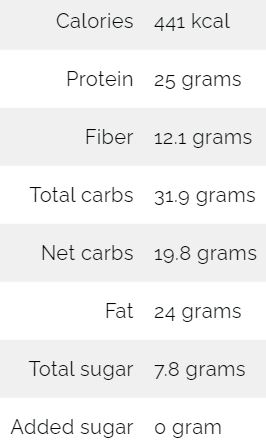
Veggie and avocado pan-fry
Season 3 eggs with 1 tsp of turmeric and salt to taste. Add 1 cup of frozen mixed vegetables of your choice (boil them for 3 minutes before using) and pan-fry it all together. Top it with slices of a ½ small avocado (50 grams).
Note: You can use egg whites if you prefer. But, a lot of the healthy nutrients and fats are in the yolk, so eating the whole egg is perfectly ok!
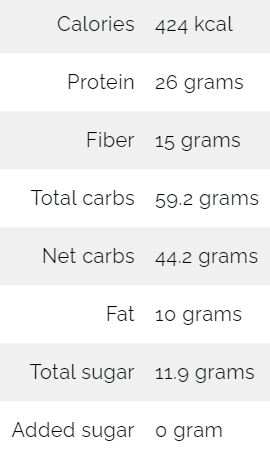
Greek yogurt with oats and fruit
Cook ½ cup of oats in water. Add 5.3 ounces (150 grams) unsweetened 0-2% fat Greek yogurt, 2 tbsp chia seeds, and ½ cup wild blueberries.
Note: Switch up your toppings to get more variety and increase nutrient density. You can use different types of nuts or seeds and various fruits.
*The nutrition facts are based on 0% fat yogurt.

Tofu and tomato toast
Spread 4 tablespoons of hummus on 2 slices of whole-grain toast. Place a slice of organic extra-firm tofu (about the thickness of an index finger, roughly 40 grams per slice) on top of each toast. Add slices of 1 small tomato (around 90 grams) to the tofu. Drizzle ½ tablespoon of olive oil over each slice.
Note: Can replace tofu with turkey or smoked salmon for a non-vegetarian option.
Take away:
Starting your day with balanced dietitian-approved breakfast ideas is essential for maintaining energy levels, metabolism, mental alertness, and weight management. It’s important to note that the protein content of your breakfast may vary based on the ingredients and portion sizes you choose, and be mindful of your protein intake, especially if you have dietary goals or restrictions.
References:
1- Yoon, S. R., Choi, M., & Kim, O. Y. (2021). Effect of Breakfast Consumption and Meal Time Regularity on Nutrient Intake and Cardiometabolic Health in Korean Adults. Journal of Lipid and Atherosclerosis, 10(2), 240-250. https://www.ncbi.nlm.nih.gov/pmc/articles/PMC8159763/
2- Johns Hopkins Medicine. (n.d.) Does the time of day you eat matter? https://www.hopkinsmedicine.org/health/wellness-and-prevention/does-the-time-of-day-you-eat-matter
3- Gwin, J. A., & Leidy, H. J. (2018). Breakfast Consumption Augments Appetite, Eating Behavior, and Exploratory Markers of Sleep Quality Compared with Skipping Breakfast in Healthy Young Adults. Current Developments in Nutrition, 2(11). https://www.ncbi.nlm.nih.gov/pmc/articles/PMC6215927/
4- Yoshino, J., Patterson, B. W., Okunade, A. L., Imai, S., Mittendorfer, B., & Klein, S. (2014). Diurnal Variation in Insulin Sensitivity of Glucose Metabolism Is Associated With Diurnal Variations in Whole-Body and Cellular Fatty Acid Metabolism in Metabolically Normal Women. The Journal of Clinical Endocrinology & Metabolism, 99(9), E1666-E1670. https://doi.org/10.1210/jc.2014-1579
5- Nutrition Facts verified using Cronometer. https://cronometer.com/

